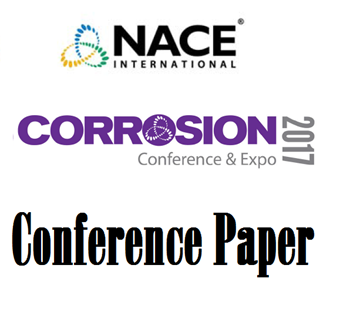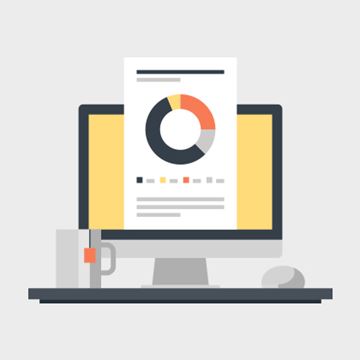Search
09240 A Novel Approach to Determine the Overall Performance of a Corrosion Inhibitor in a Laboratory Testing Program
Also Purchased
00018 PARTITIONING OF CORROSION INHIBITOR IN RELATIONSHIP TO OIL FIELD APPLICATIONS AND LABORATORY TESTING
Product Number:
51300-00018-SG
ISBN:
00018 2000 CP
$20.00
Guidelines for Corrosion Inhibitor Selection for Oil and Gas Production
Product Number:
51317--8842-SG
ISBN:
8842 2017 CP
Publication Date:
2017
$20.00
10325 Testing Requirements of Corrosion Inhibitor Qualification for Pipeline Applications
Product Number:
51300-10325-SG
ISBN:
10325 2010 CP
Publication Date:
2010
$20.00




